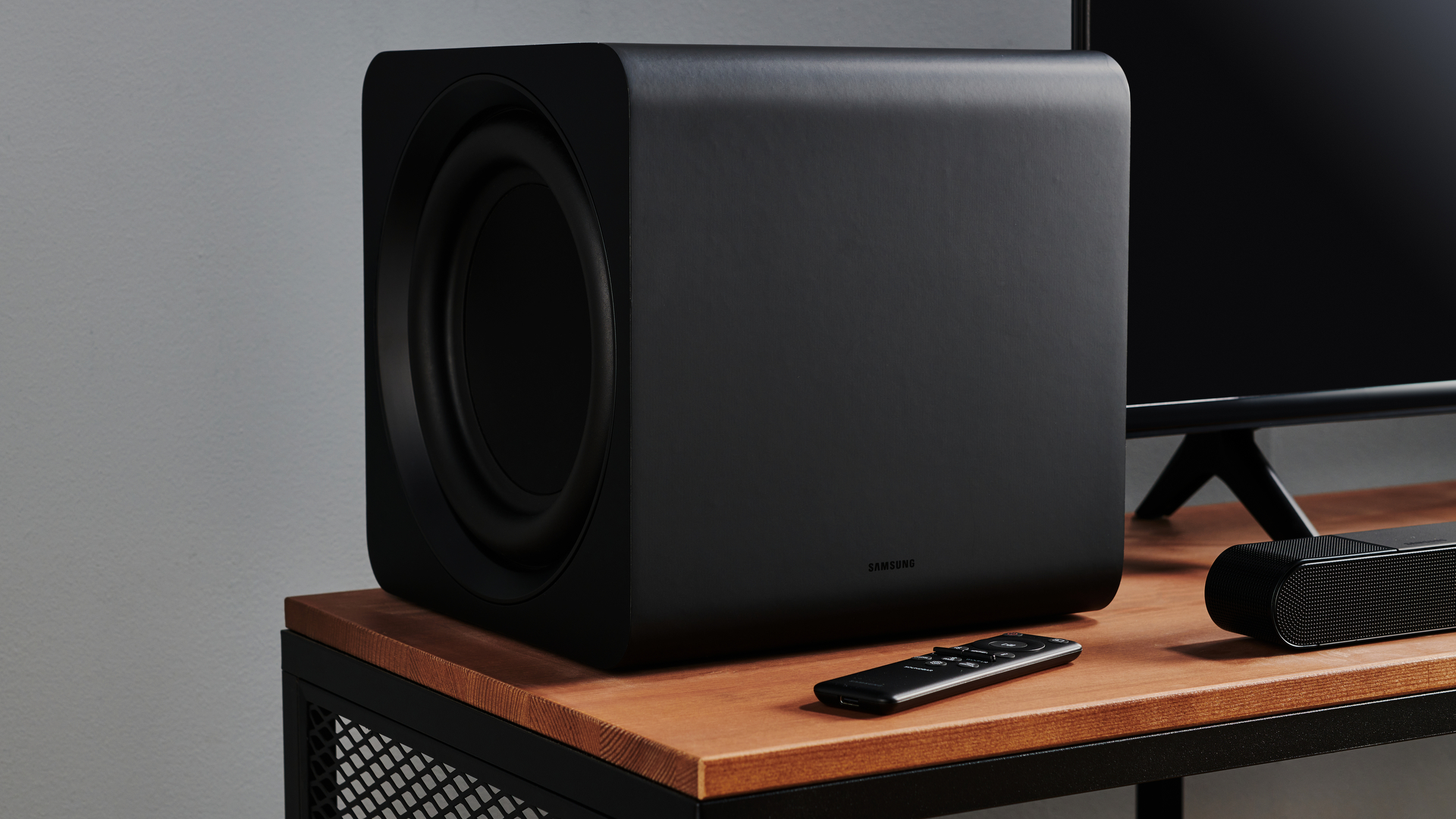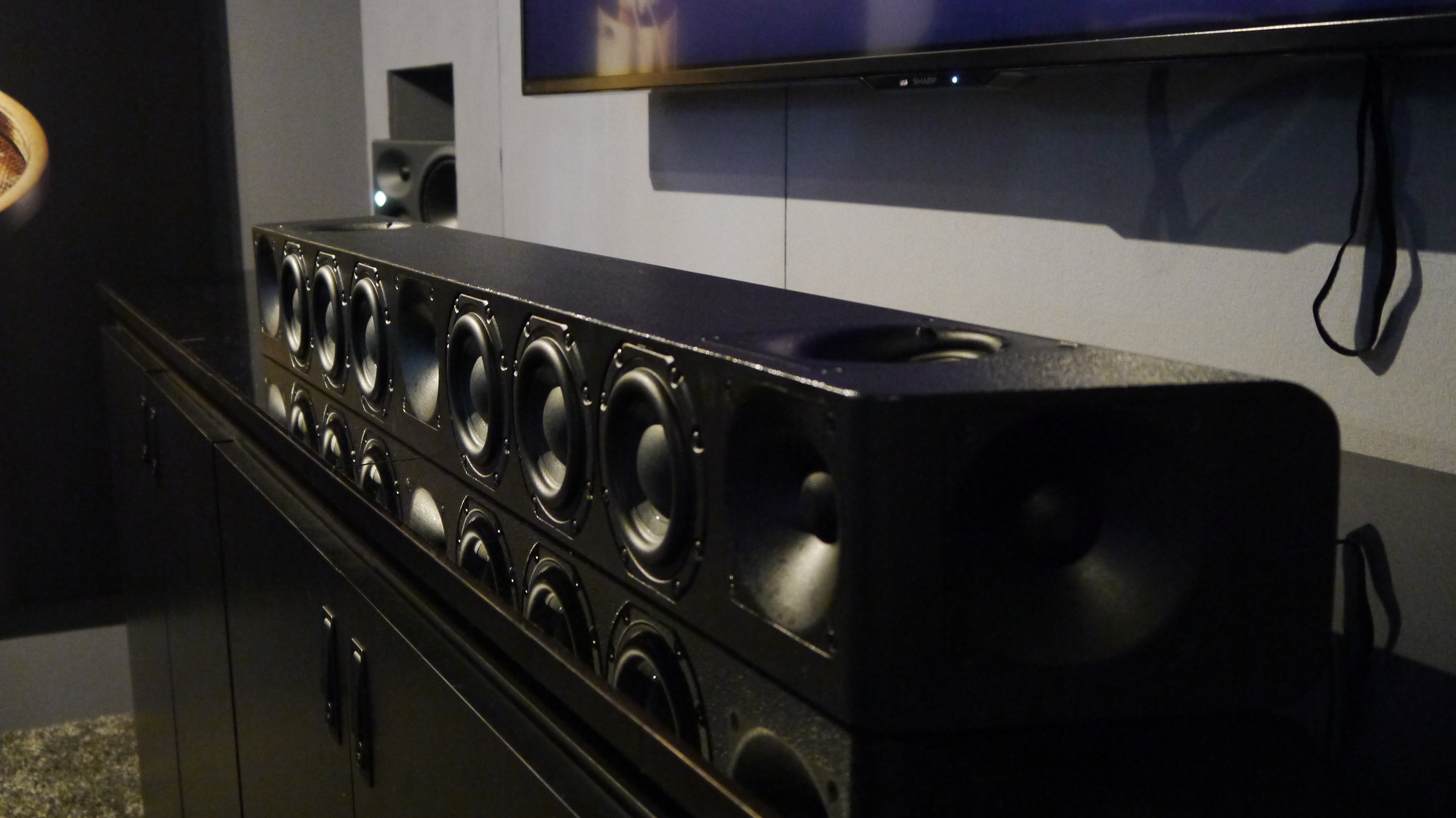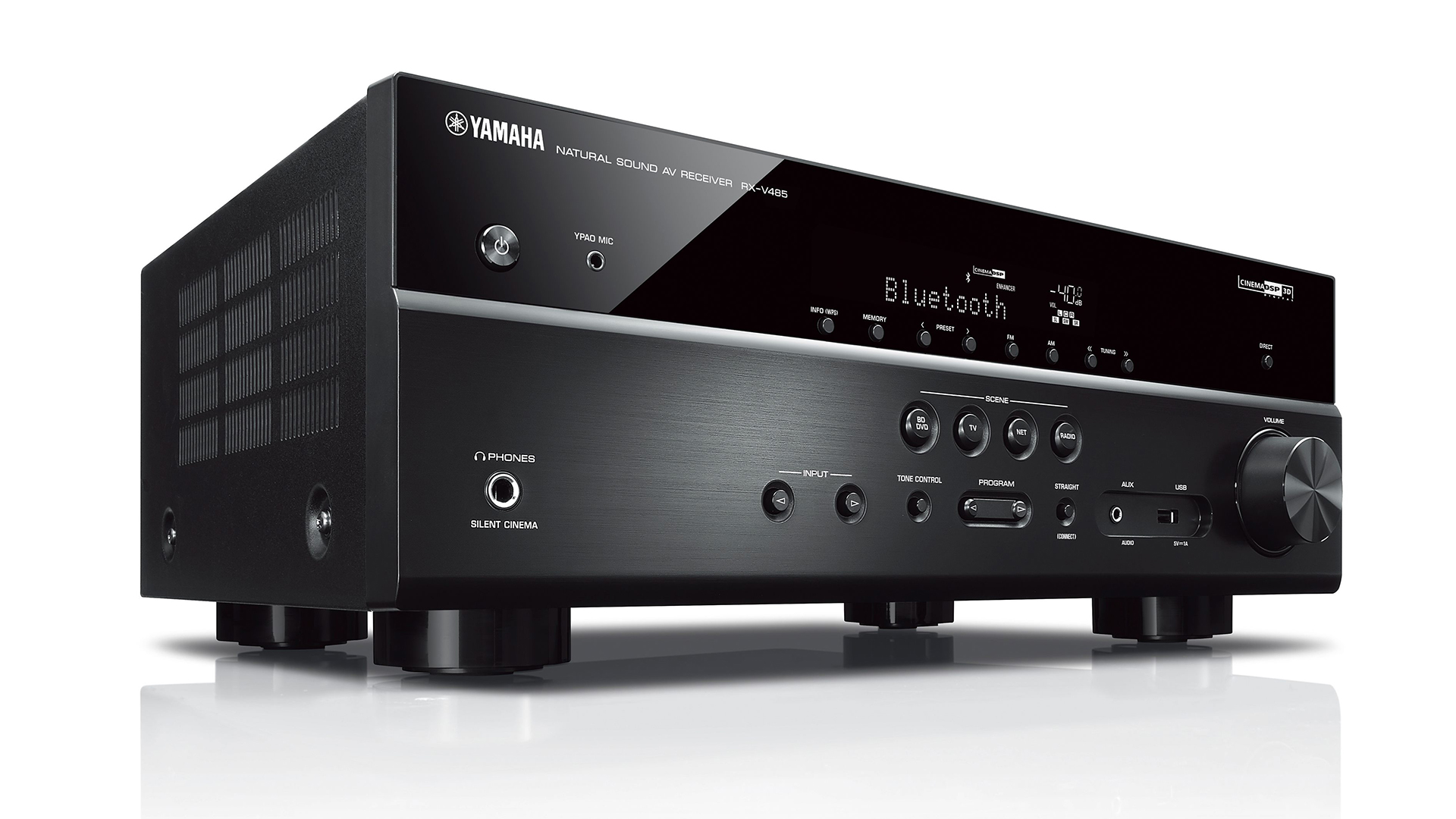How to get the best bass from a Dolby Atmos soundbar
It's all about that bass

The best Soundbars offer a distinct advantage over the built-in speakers of most TVs in that they can actually deliver bass. Perhaps most important, this capability makes voices and music in TV shows sound more natural and clear, and it can add excitement to movies, where soundtracks typically get an extra kick through something called low frequency effects (LFE).
A soundbar's bass capability is baked in – once you buy one, there's really not much you'll be able to do to improve upon performance. That's why it's crucial to choose the right model for your situation, and to understand what each soundbar type can achieve in terms of bass extension.
To make that decision, it helps to understand a bit about bass. First off, what are the differences between bass and LFE, and how does your soundbar handle each?
When we’re talking about audio frequencies (e.g., the 20 Hz to 20,000 Hz range that the human ear is capaple of hearing), bass is categorized as the range extending from 250 Hz down to 60 Hz. Frequencies below that point are called sub-bass, and, to be properly reproduced, they require a specific type of speaker called a subwoofer.
Bass in movies can be heard in the music, effects, and dialogue (the fundamental frequency range of an average adult male extends from around 180 Hz down to 80 Hz). LFE, on the other hand, is a separate channel in the soundtrack – yes, that “.1” in 5.1 – and it contains only bass and sub-bass content, sometimes extending down as low as 3 Hz.
How does your soundbar handle both the bass and LFE in soundtracks? A built-in Dolby Atmos or DTS processor mixes the LFE together with the bass, and that combined content is reproduced by the soundbar to the best of its ability. Many soundbars aren’t capable of conveying much in the way of sub-bass, however, so the better ones will use digital signal processing to “manage” the bass and sub-bass output, letting the bar’s built-in speakers reproduce as much of it as they can handle without adding distortion.

The subwoofer advantage
Soundbar systems that come with a separate subwoofer stand a better chance of dealing with deep, sub-bass content in movie soundtracks since they come with a speaker dedicated to that task. But it’s usually hard to tell just how low the system’s included subwoofer will go because soundbar makers often don’t publish frequency response specifications. (Such was the case with the LG S80QY that TechRadar recently reviewed.)
Sign up for breaking news, reviews, opinion, top tech deals, and more.
While a bigger subwoofer is generally better when it comes to getting deep, sub-bass, soundbar makers are often just as interested in using it to handle sounds higher up the frequency range. This lets them design slim and compact soundbars that don’t take up too much space and visually dominate the room – the Samsung HW-S800B that TechRadar reviewed, for example.

Integrated soundbars
A separate subwoofer will always provide the deepest and loudest bass, but some listeners prefer the convenience and elegance that an integrated, single-unit soundbar provides. Makers of the best soundbars invest considerable effort into designing models capable of better-than-average bass, though that design effort inevitably gets reflected in their higher-than-average prices.
Good examples of such soundbars include the Devialet Dione, Sennheiser Ambeo, and Sonos Arc. Both the Dione and Arc appear designed for maximum bass in the most compact possible package, with both models incorporating 8 ovoid woofers. The Ambeo, meanwhile, features six 4-inch cone woofers and is spec’d to deliver bass down to 30 Hz (Devialet claims its soundbar can hit frequencies as low as 24 Hz).
What do you sacrifice when buying such a bass-capable soundbar? Both the Dione and Ambeo are undeniably chunky. For this reason, they’ll require thought about placement, and they definitely aren’t the best options for a wall-mounted installation.
The Arc, in contrast, is a slimmer design, though it’s not known to deliver the same high-octane bass impact as the other two models. Fortunately, Sonos soundbars like the Arc can be paired with that company’s capable, yet pricey Sub wireless subwoofer, which should give most listeners all the low-frequency extension they’ll need. (Both the Dione and Ambeo are true all-in-one options that aren’t designed to be used with a separate subwoofer.)

The AV receiver advantage
While the subwoofers that come with soundbar systems are intended to be setup-and-forget designs, the purpose-built subs used with surround sound speaker packages provide a wide range of features for adjusting their output and sound quality. Such subs also fully convey the LFE in movie soundtracks, taking the strain of that task off of the system’s main speakers.
Connections and controls to make all that happen are housed within an AV receiver, an all-in-one component containing the processing and audio and video switching, plus the amplifiers to power the system’s main speakers. Extensive setup options provided by the receiver let you set the specific frequency that each speaker cuts off at in a surround sound system, with the bass frequencies below that point then getting routed directly to the subwoofer.
The advantages to this setup over a soundbar? By tailoring bass handling specifically for each speaker and letting the subwoofer do the heavy bass work, movie soundtracks (and music) will have higher dynamic range, and dialogue coming from the center speaker will have increased clarity. It’s more complicated, and it requires a lot more work than simply dropping a soundbar beneath a TV’s screen. But for more critical listeners a separate speakers plus subwoofer system powered by an AV receiver can yield audio magic.

Al Griffin has been writing about and reviewing A/V tech since the days LaserDiscs roamed the earth, and was previously the editor of Sound & Vision magazine.
When not reviewing the latest and greatest gear or watching movies at home, he can usually be found out and about on a bike.